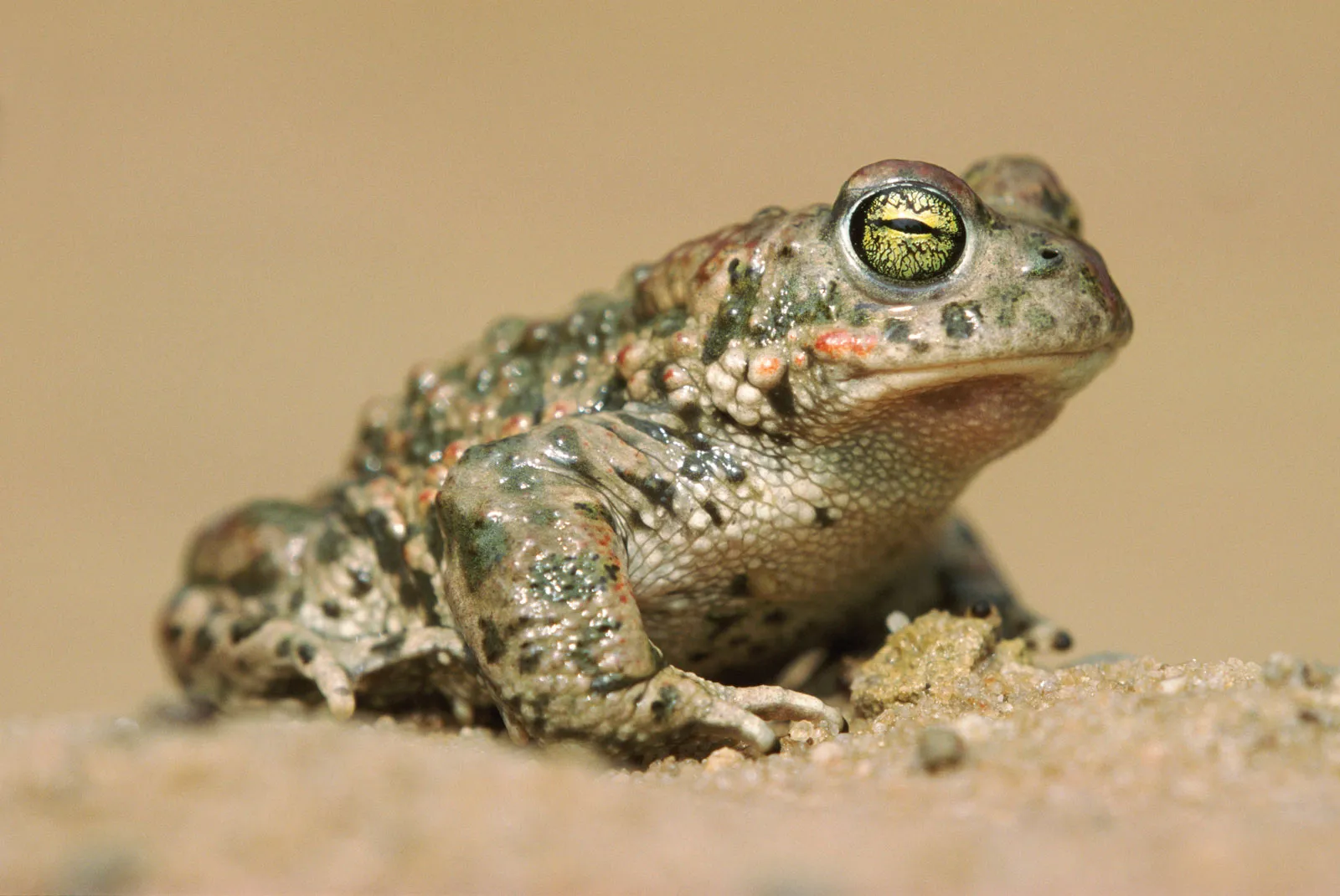
Anura, commonly known as frogs and toads, are fascinating creatures that belong to the order of amphibians. These small, often colorful creatures can be found in various habitats all over the world, ranging from rainforests to deserts. While most people are familiar with their distinctive hopping movements and croaking calls, there is much more to learn about these incredible animals.
In this article, we will explore 12 interesting facts about Anura that will enhance your knowledge and appreciation for these unique creatures. From their remarkable life cycles to their amazing adaptations, these facts will offer a deeper understanding of the diverse world of frogs and toads.
Key Takeaways:
- Frogs and toads, collectively known as Anura, are fascinating creatures found all over the world, except Antarctica. They play a crucial role in ecosystems and have unique features like specialized tongues and the ability to change color.
- Anura, or frogs and toads, have a cool life cycle called metamorphosis, where they transform from aquatic tadpoles to terrestrial adults. They communicate through various sounds and are important indicators of environmental health.
Anura is the scientific name for frogs and toads.
Anura is an order of amphibians that includes over 7,000 different species of frogs and toads.
Frogs have smooth, moist skin, while toads have rough, dry skin.
This distinction in skin texture helps differentiate between frogs and toads.
Frogs and toads are found all over the world, except Antarctica.
These amphibians inhabit various environments, including forests, deserts, and even urban areas.
Frogs and toads have unique life cycles.
They undergo a process called metamorphosis, where they transition from aquatic tadpoles to terrestrial adults.
Frogs are excellent jumpers.
With their long hind legs, frogs can leap great distances in search of food or to evade predators.
Frogs and toads have specialized tongues.
Their tongues are attached at the front of the mouth and can shoot out rapidly to capture prey.
Some frogs and toads produce toxins as a defense mechanism.
These toxins can deter predators and even be lethal to certain animals.
Frogs and toads play an important role in ecosystems.
They serve as both predator and prey, helping maintain balance within their habitats.
Frogs and toads communicate using various sounds.
From the iconic “ribbit” of the American bullfrog to the melodious calls of tree frogs, these vocalizations serve for mating and territorial purposes.
Some species of frogs can change color.
This ability helps them blend into their surroundings and evade predators.
Frogs have a unique way of breathing.
Instead of using lungs, they primarily respire through their skin, which needs to stay moist for efficient gas exchange.
Frogs have been used as indicators of environmental health.
Due to their sensitivity to pollution and habitat degradation, scientists often study frog populations as an indicator of overall ecosystem well-being.
Conclusion
In conclusion, Anura, commonly known as frogs and toads, are fascinating creatures that play an important role in our ecosystem. From their unique ability to jump long distances to their diverse range of colors and patterns, Anura have captivated humans for centuries. They also serve as indicators of environmental health, as their sensitive skin can absorb pollutants and diseases.Anura undergo a remarkable metamorphosis from tadpoles to fully formed adults, and their breeding rituals can be awe-inspiring events. These amphibians have adapted to various habitats around the world, from tropical rainforests to arid deserts.Additionally, some species of Anura have contributed to medical advances, as their skin secretes substances with potential pharmaceutical properties. Despite facing significant threats such as habitat loss and climate change, Anura continue to thrive in many parts of the world.Overall, the study and conservation of Anura is crucial for understanding the delicate balance of our ecosystems and ensuring their survival for future generations.
FAQs
1. What is the difference between frogs and toads?
Frogs generally have smooth, moist skin and are well adapted for a life in or near water. Toads, on the other hand, tend to have dry, bumpy skin and are better adapted for life on land.
2. What do frogs and toads eat?
Most frogs and toads are carnivorous and feed on small invertebrates such as insects, spiders, and worms. Some larger species may even consume small fish or mice.
3. How do frogs and toads reproduce?
Most species of frogs and toads reproduce through external fertilization. The female lays eggs in water, and the male fertilizes them by releasing sperm. The eggs then hatch into tadpoles, which undergo metamorphosis to become adults.
4. Can frogs and toads harm humans?
The majority of frogs and toads are harmless to humans. However, some species secrete toxins through their skin as a defense mechanism. It is important to avoid touching or handling unfamiliar amphibians to prevent any potential harm.
5. How long can frogs and toads live?
The lifespan of frogs and toads varies greatly depending on the species. Some may live only a few years, while others can live for over a decade in the wild.
6. Are frogs and toads important for the environment?
Yes, frogs and toads play a vital role in maintaining healthy ecosystems. They control insect populations, serve as a source of food for other animals, and their presence or absence can indicate the overall health of an ecosystem.
Frogs and toads are fascinating creatures, but there's more to learn about their incredible life cycles and the world of amphibians. Discover how metamorphosis transforms these animals from aquatic tadpoles to land-dwelling adults. Dive into extraordinary facts about amphibians, a diverse group of vertebrates with unique adaptations. For a closer look at a specific species, explore the captivating Yosemite toad facts and learn about their habitat, behavior, and conservation status. Embark on a journey through the amazing realm of amphibians and uncover the secrets of these remarkable creatures.
Was this page helpful?
Our commitment to delivering trustworthy and engaging content is at the heart of what we do. Each fact on our site is contributed by real users like you, bringing a wealth of diverse insights and information. To ensure the highest standards of accuracy and reliability, our dedicated editors meticulously review each submission. This process guarantees that the facts we share are not only fascinating but also credible. Trust in our commitment to quality and authenticity as you explore and learn with us.


